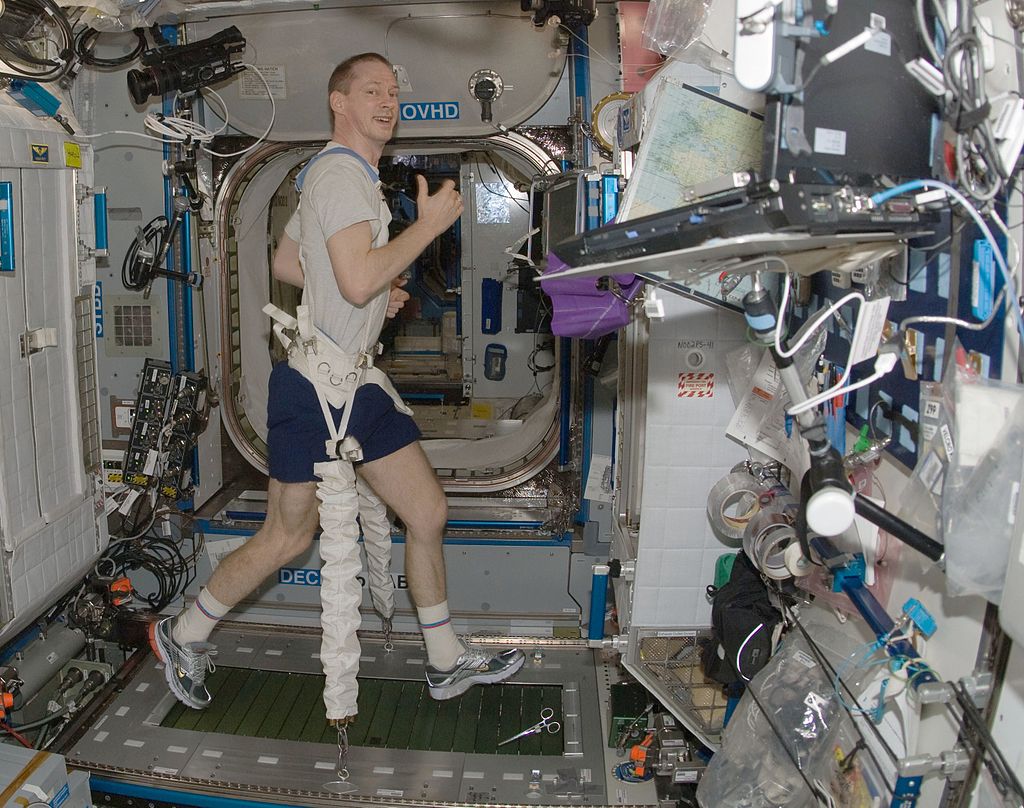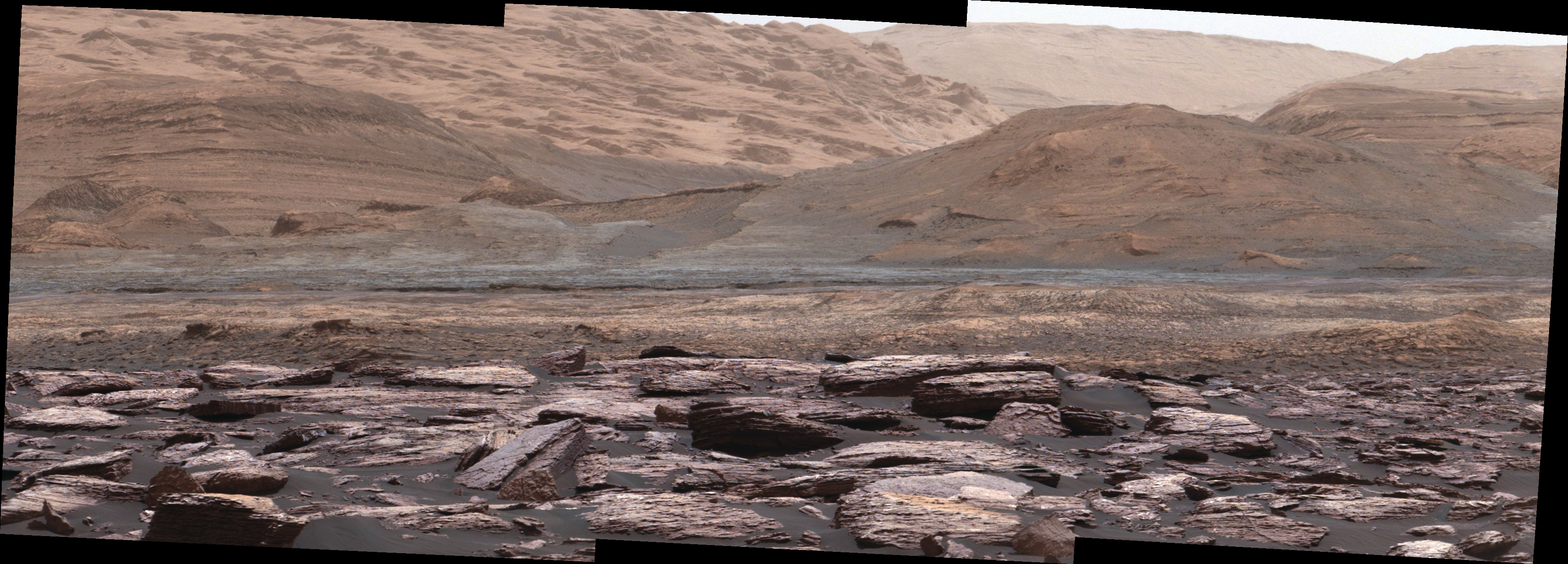
Sciences & Technology
Equality in science: A mission still not accomplished

The discovery of life on another planet is becoming more likely - so the movie Life isn’t purely fiction
Published 31 March 2017
The old-fashioned expression ‘That’s life Jim, but not as we know it’ can be applied to the latest sci-fi horror movie, LIFE.
Directed by Daniel Espinosa, the film is about a crew of six people on the International Space Station (ISS) who have a single cell organism found in Martian soil. It’s Aliens meets Gravity, with plenty of suspense while navigating life in space with an extra guest on board they weren’t quite prepared for.
The plot is about how, after replicating the primordial atmosphere, the single cell re-animates and starts to grow. The crew then have to deal with the rapidly adapting and ever-more aggressive organism, which quickly puts their life in jeopardy.
LIFE doesn’t seem to offer anything new to the genre, but is clearly paying homage to the great alien movies of the past, while shifting the scene and danger closer to home.

Sciences & Technology
Equality in science: A mission still not accomplished
The plot is generally predictable and at no point did I jump out of my seat as you do with the great Alien franchise, so don’t plan on losing your popcorn.
One of the highlights of the movie is watching the crew manoeuvre throughout the space station and going about their everyday life. The movie opens with a dangerous ISS external move executed by engineer Rory Adams (Ryan Reynolds) and then takes us on a tour throughout the station.
The film stays true to this home in space with just a few upgrades, including holographic plans, sleep pods and the quarantine lab, yet they’re small changes that assist the plot rather than glorify the life of an astronaut.
Straight out of NASA’s YouTube channel we get to see the cast exercising and playing with a yo-yo in microgravity. The film even explains how the toilet works.

We also see the impact of a long-term stay on the ISS, with senior medical officer Dr David Jordan (Jake Gyllenhaal) struggling physically but not wanting to go home. Of course, you can’t have a space movie without a space walk and when commander Katerina Golovkin (Olga Dihovichnaya) ventures out, she doesn’t disappoint.
So what do you do with an alien cell that has been in hibernation for thousands of years? Bring it to life, of course!

Sciences & Technology
An astrophysicist meets The Martian
Exobiologist, Hugh Derry (Ariyon Bakare) recreates the atmospheric conditions with some glucose to feed on and before we know it, the cell starts to move and grow. The crew discovers each cell is a myocyte, neuron and photoreceptor at the same time. As quarantine expert, Dr Miranda North (Rebecca Ferguson) comments; it’s “all muscle, all brain and all eye”.
How plausible is the discovery of life on Mars?
We have long speculated what life might be like on other planets and moons throughout the solar system, the galaxy and beyond. Through books, movies and TV, we’ve had both friendly and not-so-friendly visitors to Earth or encountered them in space. Now, as we really start exploring our own solar system and beyond, science is giving us more and more evidence we may not be the only planet in the Universe that may be able to support life.
There is compelling evidence that there has been running water on Mars in the past and ice exists at the polar caps now, and methane gas plumes have been detected on the Martian surface.
The NASA Mars Exploration strategy is to “Seek Signs of Life”. The hunt is on.

What we now know in the field of astrobiology and how life may have started on Earth gives scientists an insight in what to look for when searching for life on other planets. The oldest life form that we know of exists in the coastline of Western Australia at Shark Bay, the stromatolites that have existed for 3,500 million years. Understanding the conditions of primitive Earth helps us understand how life may have come to be.
Given the movie puts so much detail into living in space, it felt disappointing that the scenes around the first discovery and reanimation of an alien life form seemed little more than magic; the science was barely alluded to.
Because this is a sci-fi horror movie, the alien quickly causes havoc amongst the space station. We are taken on a tension-filled ride through the ISS as the protagonists are chased, hunted and out-witted by an incredibly adaptable alien.
The gore factor is significant and while the fast-paced introduction barely gives you a chance to warm to the characters, it is possibly a good thing. As Derry poses the question: “What is the primal instinct of any life form?”
It appears there is only one answer: “Survival”, responds North.
But which one does survive? The human or the alien?
Banner image: Colombia Pictures